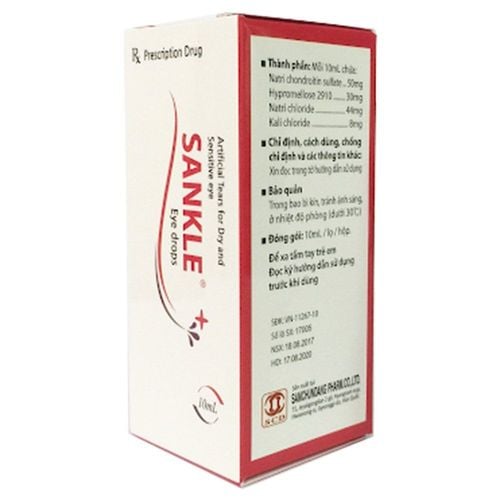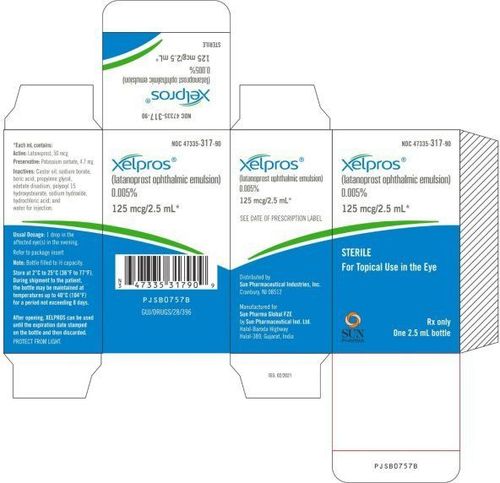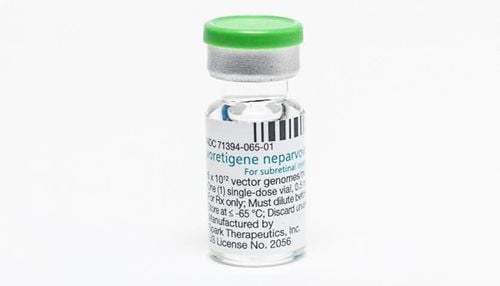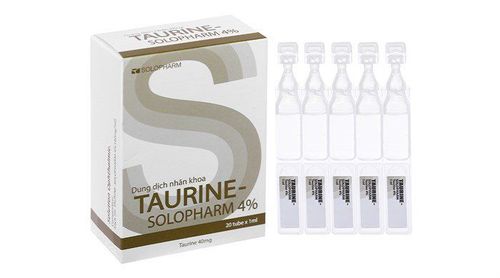This is an automatically translated article.
Maxitrol eye ointment is popularly used to treat inflammation in the eyes, anti-itch, anti-inflammatory with antibacterial effect. This is a combination of two antibiotics, neomycin sulfate and polymyxin B sulfate, with dexamethasone. There are many notes when using maxitrol eye ointment that we need to know.
1. Uses
Maxitrol eye ointment is a combination of two antibiotics, neomycin sulfate and polymyxin B sulfate, with dexamethasone. The drug is indicated for use in the case of inflammation in the eye when it is deemed necessary to use both antibacterial drugs. Because it is a combination of many drugs, with cortizol active ingredient in it, the use must be prescribed by a doctor and must be monitored and re-examined after the drug is applied...
Because if the wrong drug is used, only can cause eye damage, for example glaucoma (a condition that causes blindness due to increased intraocular pressure and damage to the optic nerve). Especially when using the drug for a long time, there can be secondary superinfection, viral and bacterial infections are not uncommon.
It is not possible to use maxitrol eye ointment in all cases. The drug is contraindicated in people with herpes simplex keratitis, cowpox, chickenpox, and many other diseases of the conjunctiva and cornea caused by viruses. Patients who are allergic to any ingredient of the drug can cause side effects. In particular, the drug is contraindicated to use these combination drugs after uncomplicated corneal foreign body surgery and untreated pyogenic infections.
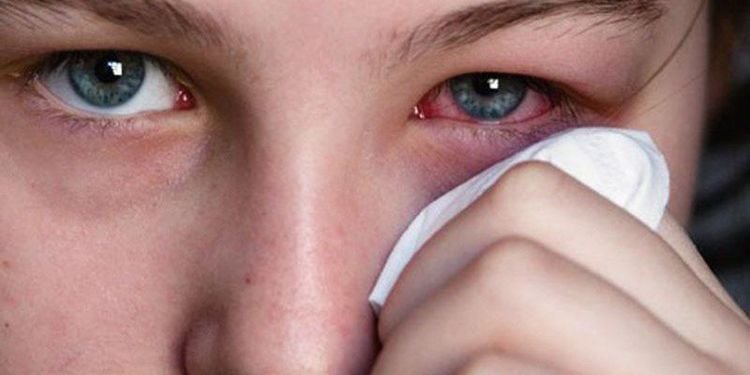
Thuốc tra mỡ mắt chống chỉ định với bệnh nhân mắc các bệnh kết mạc do virus
If you accidentally overdosed, don't worry, you should rinse your eyes with warm water.
2. Dosage and usage
Before use, you should shake the vial thoroughly, the medicine only has a small effect on the eye part. In case of mild disease, you should only instill 1-2 drops of the drug into the conjunctival sac in the affected eye, evenly divided 4-6 times a day. If eye condition is more severe, still use 1-2 drops every hour. Attention, gradually reduce the number of drops, when the symptoms of the disease subside, and stop the treatment when the inflammation is gone. However, do not rush to finish the course of treatment.
The correct way of instillation is to gently close the eyelids and block the nasolacrimal duct after instilling the drug into the eye to reduce the amount of drug absorbed into the general circulation, reducing systemic side effects.
Children should limit the use of maxitrol eye drops to avoid possible side effects, although safety and effectiveness of the drug in children have not been established.

Chưa xác định được mức độ ảnh hưởng của thuốc maxitrol tới trẻ em
3. Caution
Here are some notes, when you use maxitrol:
When using a dose of more than 20ml (4 vials), the patient should be prescribed by a specialist. This prescribing process is done after a thorough examination of the patient's condition using an amplification device such as a microscopy and, when appropriate, testing with fluorescein staining. Regardless of any side effects caused by the drug, it is necessary to see a doctor / pharmacist to check, and stop the drug immediately. The drug will become dangerous and cause damage to the eye function with prolonged use such as: glaucoma, optic nerve damage, visual impairment, visual field and posterior subcapsular cataract formation. Patients can develop secondary eye infections due to prolonged use of the drug, or even perforation of the eyeball, when using topical steroids. Intraocular pressure should be monitored routinely, when the drug is used for 10 days or longer. The reason is that in acute ocular pustular diseases, steroids can mask signs of infection or aggravate an existing infection. During the use of drugs to treat eye infections, contact lenses should not be used. In addition, the preparation contains the preservative Benzalkonium chloride, which can discolor soft contact lenses. Keep the tip of the eye dropper clean, as it can contaminate the medication.
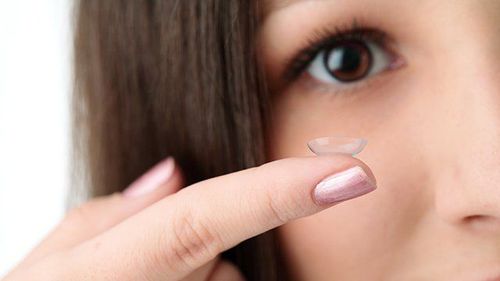
Không được sử dụng kính áp tròng khi dùng thuốc điều trị nhiễm khuẩn
It is not recommended to drive during and after instillation as it may cause temporary blurring and visual disturbances. The drug can seriously affect the ability to drive and use machines in general. Patients after instillation can only drive, when the symptoms of blurred vision disappear and everything can be seen clearly. Pregnant women should limit the use of maxitrol. For women who are breastfeeding, it is also recommended not to use the drug to ensure benefits for both mother and child. Because some drugs are excreted in milk and are harmful to nursing infants..
4. Side effects
Maxitrol eye ointment is a steroid and antibacterial combination drug, so it will have side effects. Some side effects, patients may experience such as:
Increased intraocular pressure (IOP) has the potential to progress to glaucoma. The optic nerve may experience occasional optic nerve damage, posterior subcapsular cataract formation, and delayed wound healing. Secondary bacterial infection. Fungal infection of the cornea with prolonged use of the drug. When experiencing any side effects, it is necessary to notify the doctor for timely treatment to avoid dangerous complications.
Customers can directly go to Vinmec Health system nationwide to visit or contact the hotline here for support.




